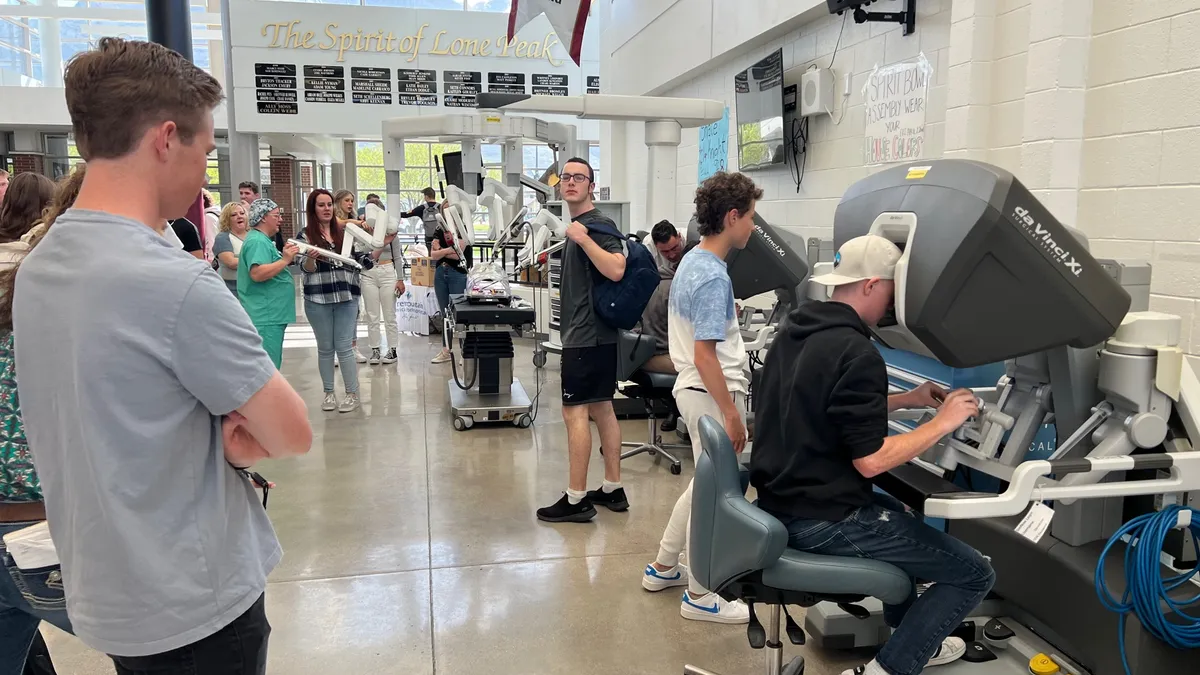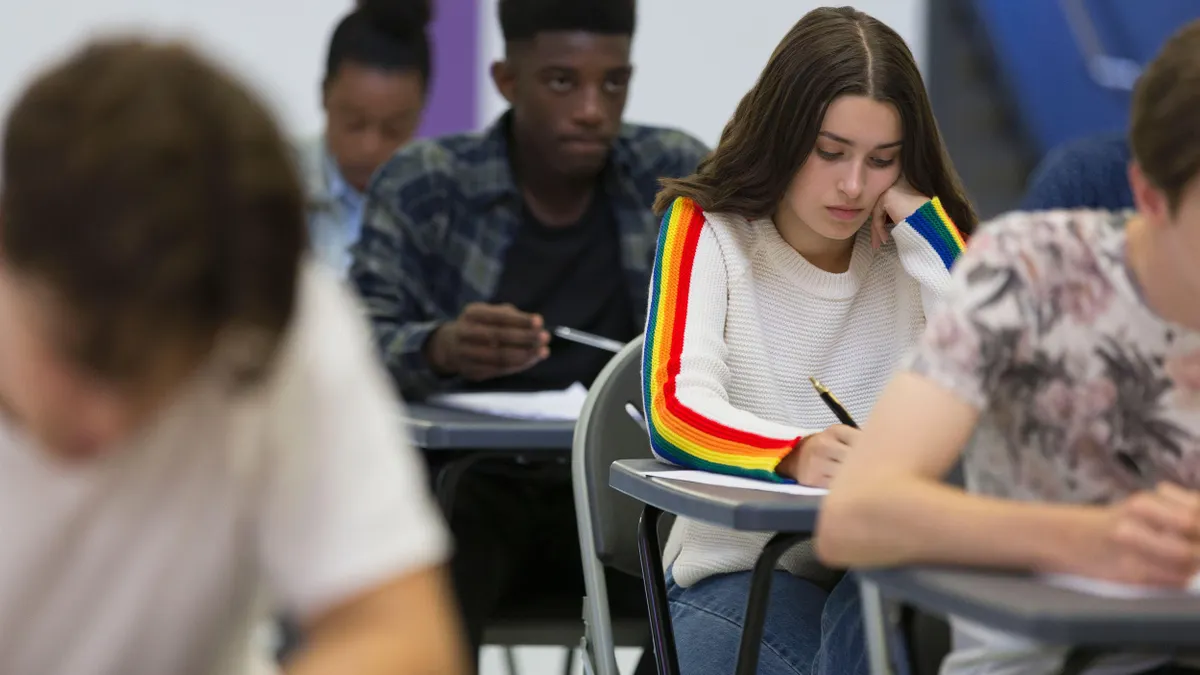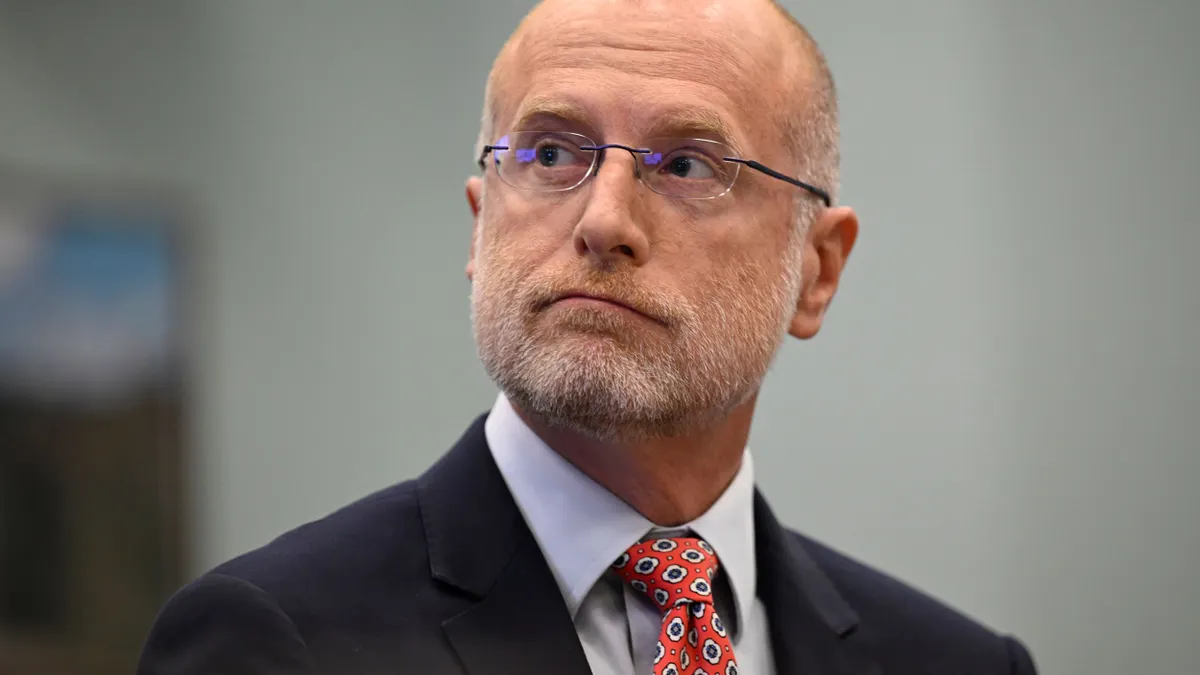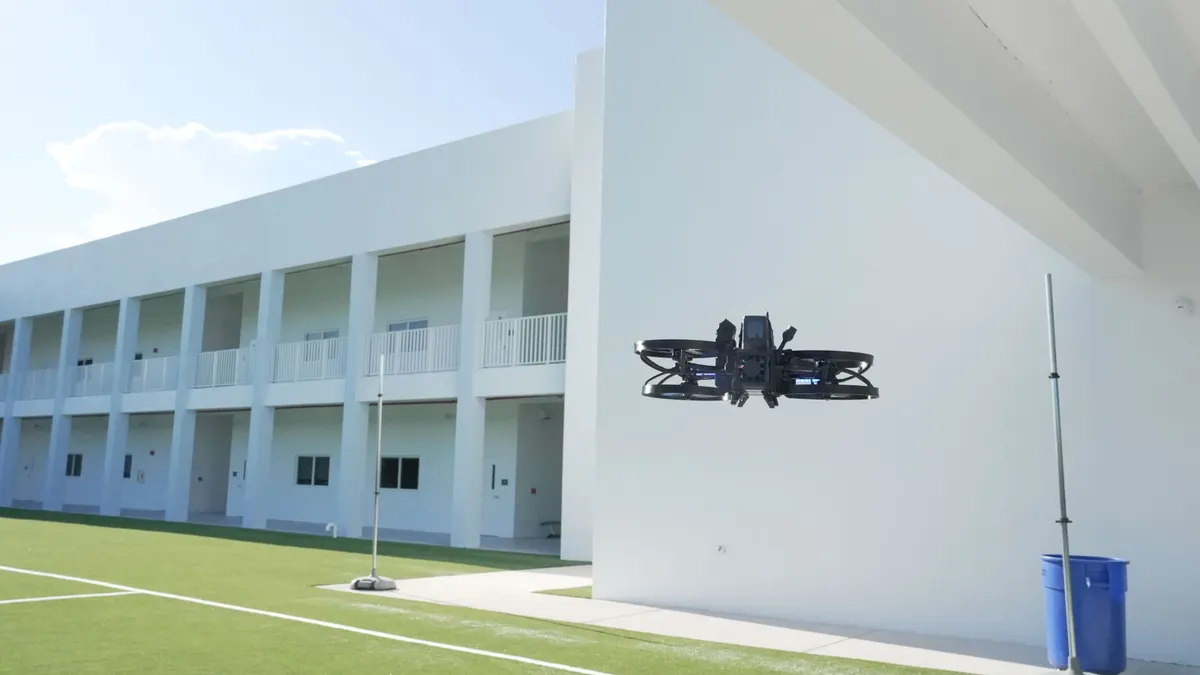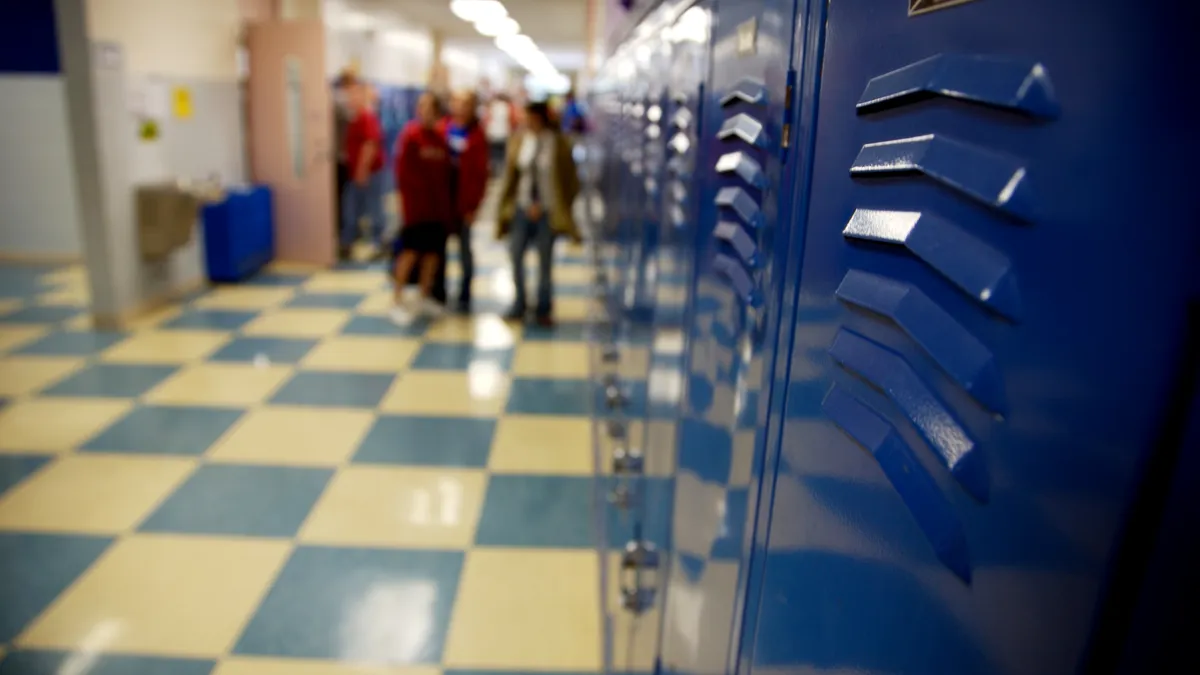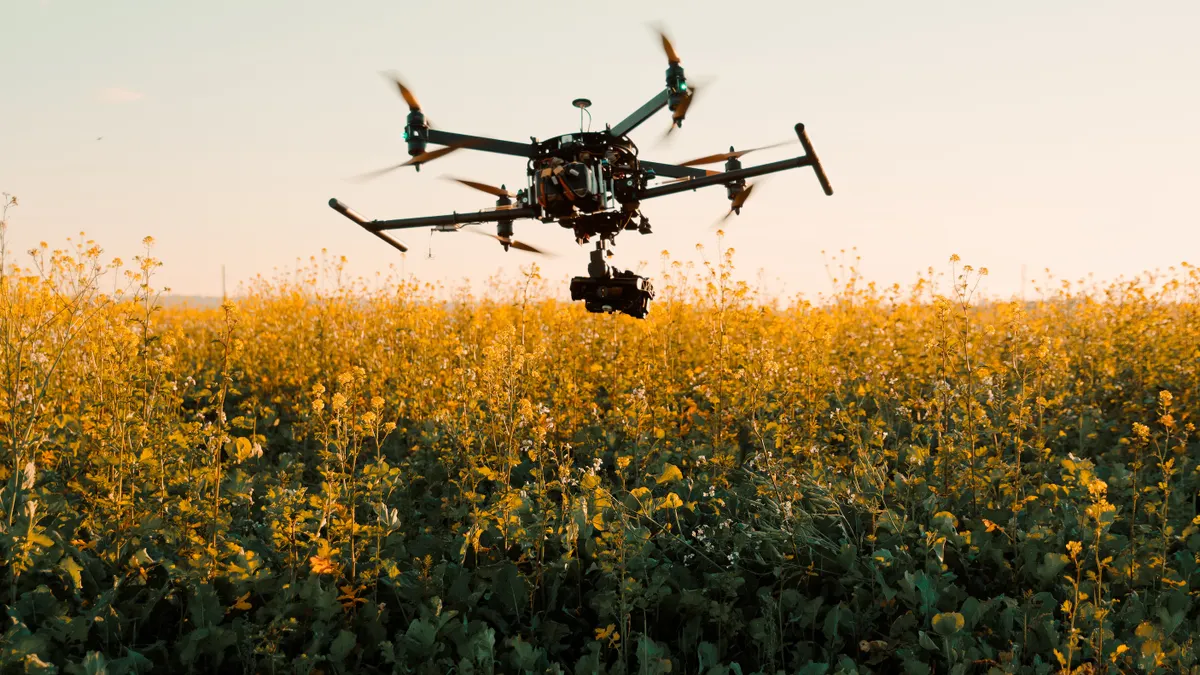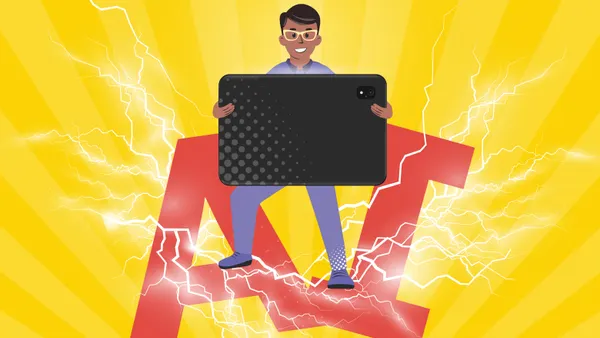Given the opportunity to practice using a surgical robotic device in their school, students at Lone Peak High School in Highland, Utah, jumped at the opportunity and surpassed expectations as several earned nearly perfect practice scores on the sophisticated operation tool.
Some students even skipped their morning classes to practice unwrapping small candies with the da Vinci surgical system, a virtual reality console that controls robotic arms capable of assisting surgeries, said Matt Paskett, a health science CTE content specialist at the school.
Surgeons use the device, which is equipped with robotic arms to perform procedures, to help get a three-dimensional look inside the part of the body undergoing an operation, said Dr. Milda Shapiro, robotics medical director at Intermountain American Fork Hospital. The device improves minimally invasive surgery techniques and helps patients recover faster as a result of the robot’s precision and control, she said.
The surgical robotic device — a new tool implemented at nearby Intermountain American Fork Hospital — arrived at the school after a sales representative reached out to Paskett to gauge interest.
Students practicing with the device for the first time even surpassed expectations, earning nearly perfect scores on a game that tracks user performance on a 100-point scale, Paskett said. That performance surprised even the sales representatives who brought the device to the school, he added.
Both Paskett and Shapiro credit students’ strong performance on the da Vinci device as likely being due to their exposure to video games growing up, particularly in the virtual reality realm.
The student engagement with the device surfaced a noticeable amount of student interest to explore the medical field, Paskett said.
Students need ‘wow moments’
Paskett said he noticed several students who were primarily interested in computer science began to consider enrolling in available medical courses after practicing on the device. Some of the available medical courses Lone Peak offers include medical anatomy and physiology and medical forensics, according to the school’s course catalog.
The more exposure high school students have with the varying medical professions, the better chance they will have finding a job they enjoy in this field, Paskett said.
Shapiro said the robotic surgical demonstration can excite students about potentially becoming surgeons themselves. The same device Lone Peak High School students experienced is the same one hospital residents and students in medical school use, she said.
These kinds of hands-on experiences can spark career-inspiring moments for high school students, Shapiro said, as her own career path in surgery started in high school when she visited a pig heart lab at the University of Utah with classmates.
“That was it for me,” she said. “I loved it, and I set my mind to go to surgery right there and then.”
“They really need some ‘wow moments’ to keep them interested, and especially the technology, because so much of what they do is technology based,” said Nancy Allen, executive director of the National Consortium for Health Science Education. “That’s the way they like to learn. We’re always grateful to hospitals that are friendly to our high school students, because if they [students] get it, they [hospital employers] understand these are their future employees.”
Another successful model of hospital-school partnerships Allen said she has found is one between Norton Healthcare and Jefferson County Public Schools in Louisville, Kentucky, where 75 students enrolled in the district’s health sciences academy are offered paid internships with the health system.
Seizing student interest moving forward
Paskett’s goal is to ensure all 10 high schools in his district can have the same opportunity as Lone Peak High School. But even if that doesn’t immediately come to fruition, Paskett said it’s helpful the school formed this relationship with its local hospital to potentially inspire more students to consider the health sciences field.
There’s a possibility students could visit the hospital to practice on the surgical robotic device demonstrations after school, too, he said.
Another way to carry the momentum and excitement from the robotics demonstration is to do a unit project promoting collaboration between the medical science course he teaches and computer science courses taught by other staff, he said. That way, Paskett said, computer science students can further consider the medical field, while his medical science students can explore how they can integrate more technology into their careers.



